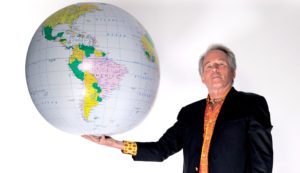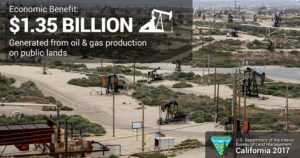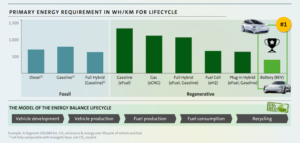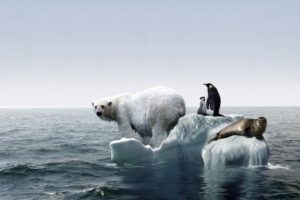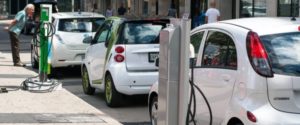by E. Fordham, Feb 15, 2021 in FoxNews
…
HISTORIC WINTER STORM SLAMS TEXAS WITH RECORD COLD, ICY ROADS
Rotating power outages were initiated by the Electric Reliability Council of Texas, or ERCOT, early Monday morning, meaning thousands went without electricity for periods of time as temperatures fell into the teens near Dallas and 20s (about minus 5 degrees Celsius) around Houston.
Austin’s electric utility Austin Energy told residents the outages may be longer than usual, prompting angry social media replies from Texans who said they’d been without power for five or more hours.
“Typical events allow short durations of each outage, but outages are longer if the ERCOT grid requires — which is what we’re seeing in today’s event,” Austin Energy wrote on Twitter.
The utility advised residents to keep their keep their thermostat set to 68 degrees or lower, and to avoid using their oven or washing machine. Businesses were likewise advised to minimize operations to conserve energy.
…
See also : This Blizzard Exposes The Perils Of Attempting To ‘Electrify Everything’

